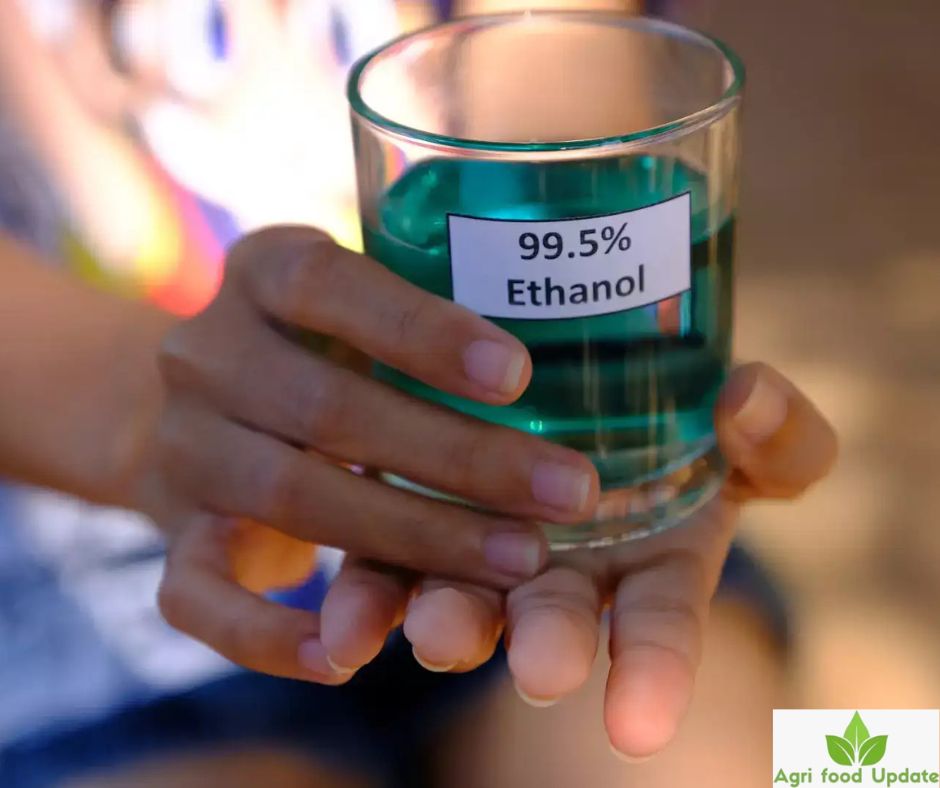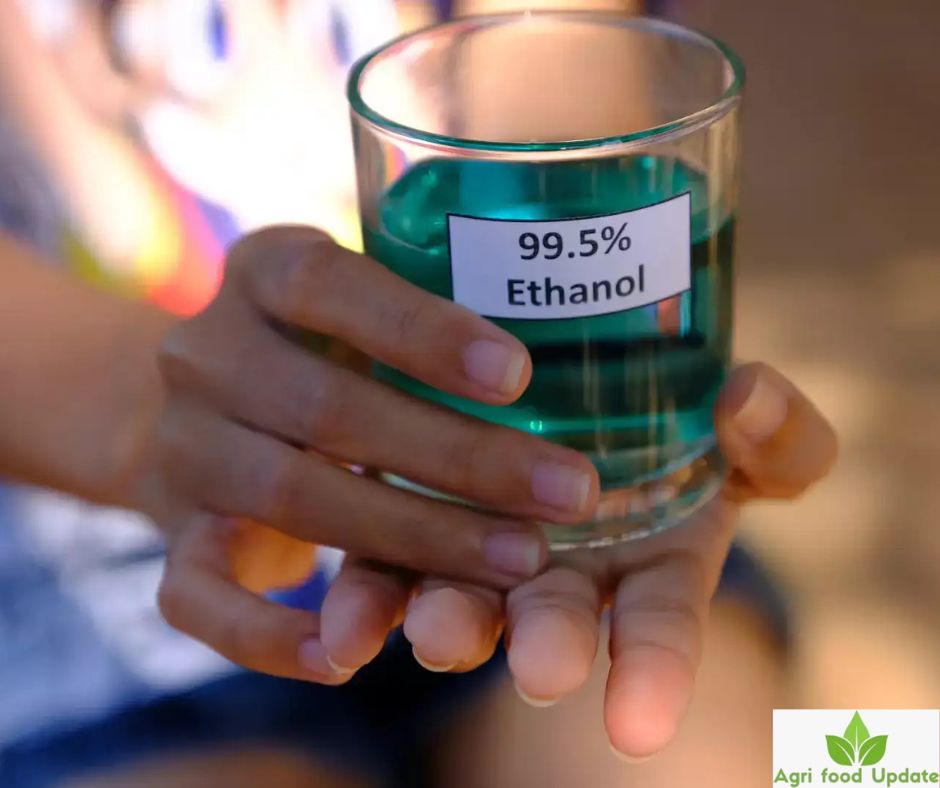
Sugar Ethanol Bioenergy Int- When the government launched the Ethanol Blended Petrol (EBP) programme in 2003 to encourage the use of alternative and environmentally friendly fuels and reduce dependency on energy imports, the sugarcane industry rejoiced; it created a new revenue stream for the struggling sugar mills and improved their financial capacity. As a result, the blending of ethanol with petrol has increased from a mere 1.5% in 2014 to 20% in 2025—five years ahead of the government’s target, despite some recent concerns regarding its effects on mileage and vehicle longevity. Ethanol, a biofuel derived from starch-rich crops such as sugarcane, maize, and wheat, has traditionally depended heavily on sugarcane as its main source.
Until recently, sugarcane-based ethanol accounted for more than 70% of India’s ethanol blending programme. However, with the increase in foodgrain production and emphasis on diversified feedstocks, grain-based ethanol has now emerged as the top contributor, accounting for nearly 72% of the blend, while sugarcane’s share has dropped to 27%, leaving sugar mills.
In 2024-25, grain-based ethanol production climbed to 650 crore litres, while sugar-based output stood at 250 crore litres. This marks a sharp shift from 2017-18, when grain-based ethanol was almost negligible and sugar was the primary feedstock, as per data from the National Federation of Cooperative Sugar Factories (NFCSF). This sharp change, as per industry stakeholders, has placed considerable pressure on the sugar industry.
Bitter taste: Thanks to the ethanol blending programme, the sector has attracted investment of more than Rs 40,000 crore since 2018, resulting in a 140% increase in India’s ethanol production capacity, as per the Indian Sugar & Bio-Energy Manufacturers Association (ISMA). However, this rapid expansion has raised concerns about the ability of sugar mills to adapt to the shifting dynamics as well as the potential risks for banks with significant exposure to the sector. With grain-based ethanol production now dominating the market, demand for sugarcane has weakened, directly affecting mill revenues



